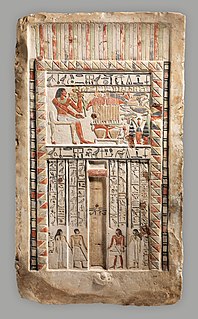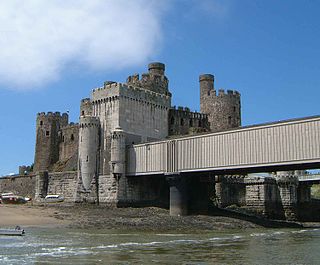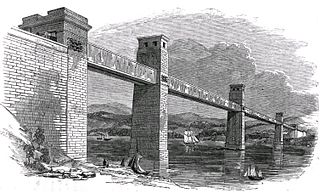This article does not cite any sources .(December 2009) (Learn how and when to remove this template message) |
A torsion box consists of two thin layers of material (skins) on either side of a lightweight core, usually a grid of beams. It is designed to resist torsion under an applied load. A hollow core door is probably the most common example of a torsion box (stressed skin) structure. The principle is to use less material more efficiently. The torsion box uses the properties of its thin surfaces to carry the imposed loads primarily through tension while the close proximity of the enclosed core material compensates for the tendency of the opposite side to buckle under compression.

Sandwich theory describes the behaviour of a beam, plate, or shell which consists of three layers—two facesheets and one core. The most commonly used sandwich theory is linear and is an extension of first order beam theory. Linear sandwich theory is of importance for the design and analysis of sandwich panels, which are of use in building construction, vehicle construction, airplane construction and refrigeration engineering.

In the field of solid mechanics, torsion is the twisting of an object due to an applied torque. Torsion is expressed in either the Pascal (Pa), an SI unit for newtons per square metre, or in pounds per square inch (psi) while torque is expressed in newton metres (N·m) or foot-pound force (ft·lbf). In sections perpendicular to the torque axis, the resultant shear stress in this section is perpendicular to the radius.
Torsion boxes are used in the construction of structural insulated panels for houses, wooden tables and doors, skis, snowboards, and airframes - especially wings and vertical stabilizers.

A table is an item of furniture with a flat top and one or more legs, used as a surface for working at, eating from or on which to place things. Some common types of table are the dining room table, which is used for seated persons to eat meals; the coffee table, which is a low table used in living rooms to display items or serve refreshments; and the bedside table, which is used to place an alarm clock and a lamp. There are also a range of specialized types of tables, such as drafting tables, used for doing architectural drawings, and sewing tables.

A door in principle is hinged or otherwise moveable section of a barrier 'wall' allowing ingress and egress into an, otherwise defined, 'enclosure'. The opening in the wall can be referred to as a portal. The 'door's' essential and primary purpose is to provide security by the control of the portal,(Doorway). Conventionally it is a panel that fits into the portal of a building, room or vehicle. Doors are commonly made of a material suited to the task of which it is to perform. Doors are commonly attached by hinges within the portal but can be moved by other means such as slides or counterbalancing. Doors allow ingress and egress to and from a building, room, the ease of which is determined by the nature and design of the said 'door'. The door may be moved in various ways to allow or prevent ingress or egress. In most cases, a door's interior matches its exterior side. But in other cases the two sides are radically different.
A ski is a narrow strip of semi-rigid material worn underfoot to glide over snow. Substantially longer than wide and characteristically employed in pairs, skis are attached to ski boots with ski bindings, with either a free, lockable, or partially secured heel. For climbing slopes, ski skins can be attached at the base of the ski.
















